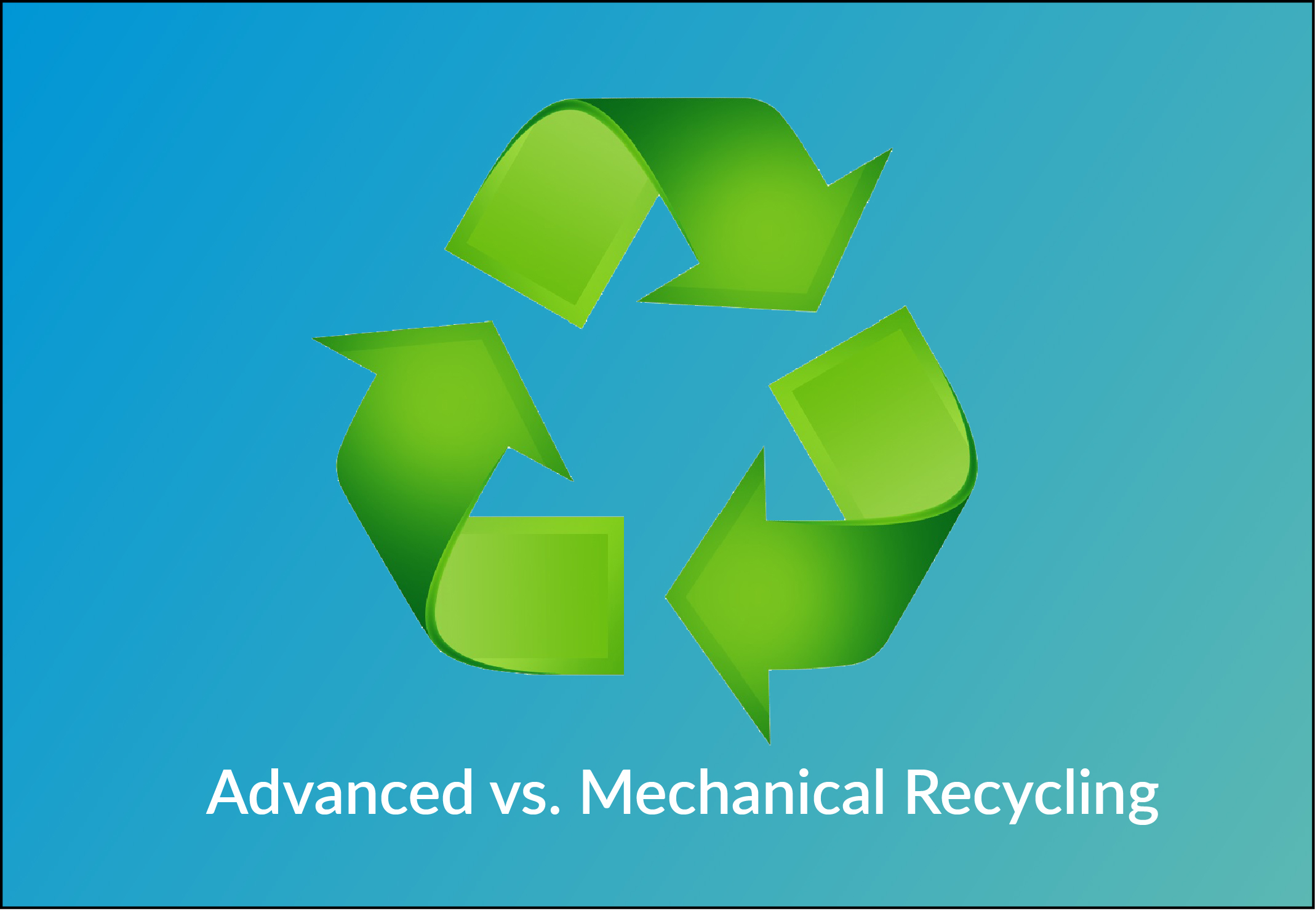What is Advanced Recycling?
When talking about sustainability in healthcare packaging, the conversation almost always starts with recycling. It makes sense since medical packaging often includes plastic, therefore a primary focal point must be on processing plastic and other packaging materials in the most sustainable way possible.
With recycling, we are referring to the process of collecting, sorting, processing, and converting waste materials into new products, as laid out here:
-
Collection: waste materials are collected from homes, businesses, and other sources, and then taken to a recycling facility.
-
Sorting: materials are sorted by type and quality to ensure that they can be processed effectively.

-
Processing: materials are cleaned, shredded, and transformed into new materials, such as fibers or pellets, which can be used in the manufacture of new products.
-
Manufacturing: the new materials are used to create new products, such as recycled paper, plastic containers, or metal cans.
The ultimate goals of recycling are to reduce waste, conserve resources, and minimize the environmental impact of human activities. The process above describes traditional mechanical recycling. In this process, steps two and three are very important. The different materials must be sorted because they are mechanically transformed into new materials without changing their chemical structures. The polymers stay unaffected and can be reused again and again in the same or similar products. These recycled plastics can be used in many kinds of products, including car parts, bags, flooring, hosing, and packaging.
With that said, recycled materials like this cannot be used in medical packaging. Healthcare packaging is a heavily regulated industry with a mandate that all packaging be made of virgin material. Recycled material is not permitted currently with the argument being that there is no way of telling if the recycled material is acceptable from a traceability or regulatory perspective. So, while there is an option (and really, an obligation) to recycle medical packaging, recycled material is currently a no-go for medical packaging.
This is part of the reason why there have been some developments in the third step of the process above. In mechanical recycling, processes like grinding, washing, separating, drying, re-granulating, and compounding break down the plastic, but not to a molecular level. That is the big difference between mechanical recycling and advanced recycling, a more thorough process which is also referred to as molecular or chemical recycling. Advanced recycling technologies use heat, chemical reactions, or both, to break down used plastics into smaller polymer chains or the monomer constituents. These monomers are then separated and recombined into new polymers for use in new products or packaging.
The biggest advantage of advanced recycling is that you can recycle plastics that are hard to recycle mechanically. For example, mixed plastics or contaminated plastics are no problem for advanced recycling. Bringing the plastic back to its molecular level makes it possible to use those components as feedstock to produce new plastics or other chemicals, reducing the need for virgin fossil fuels and contributing to a more sustainable, circular economy.
The potential for advanced recycling is significant and it will surely get a lot of attention in the next few years. With mechanical recycling in practice for the foreseeable future, there is value in continuing to explore additional ways to improve this process, too. For example, are there easier ways of sorting, or even using materials that don’t need to be sorted? And of course, the big question will always be around reducing plastic altogether for a lower overall packaging footprint.


.webp)
